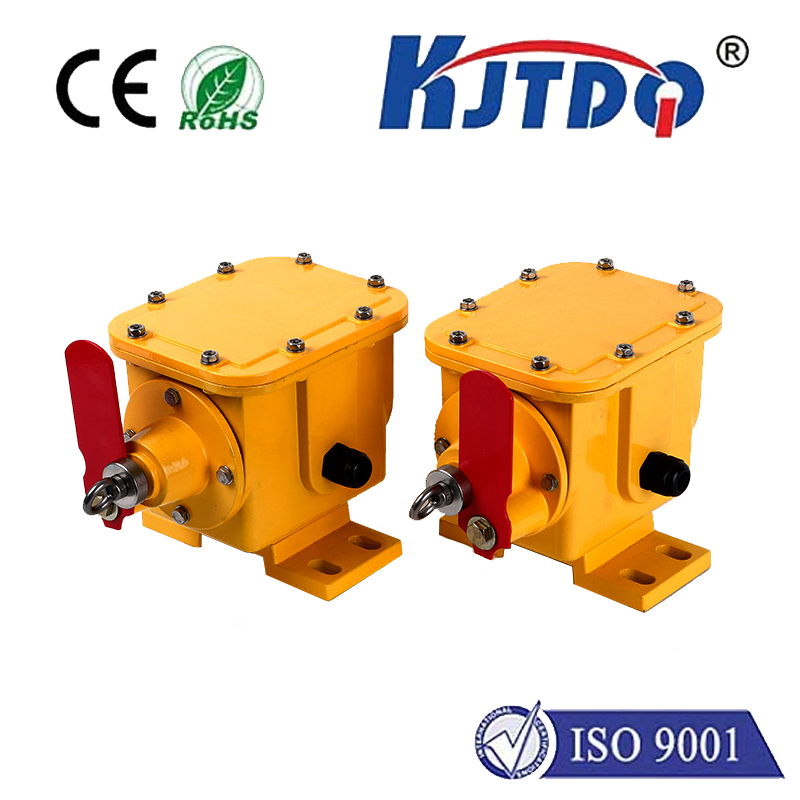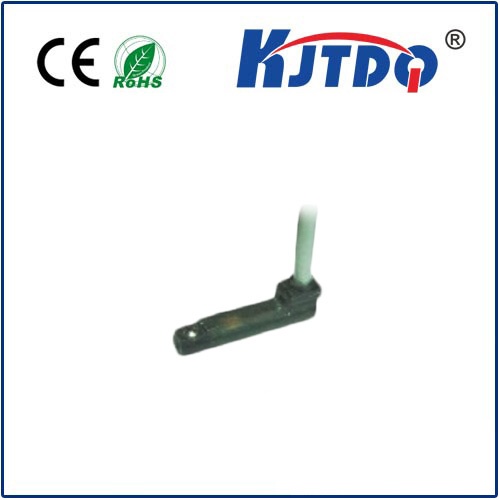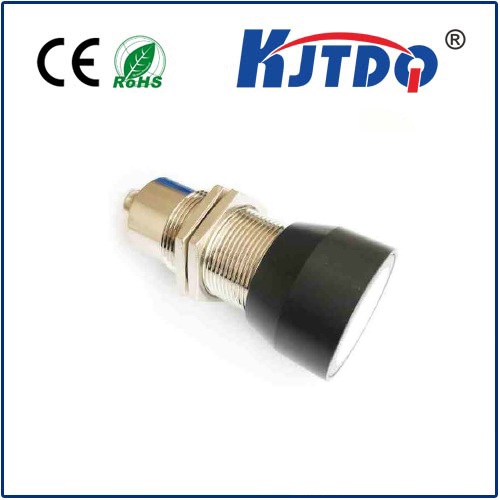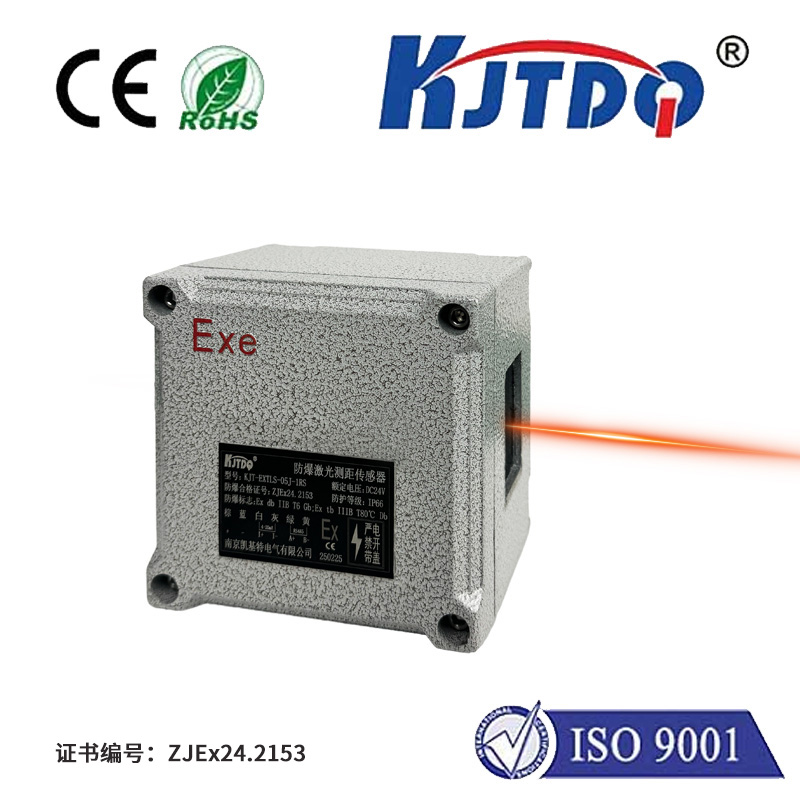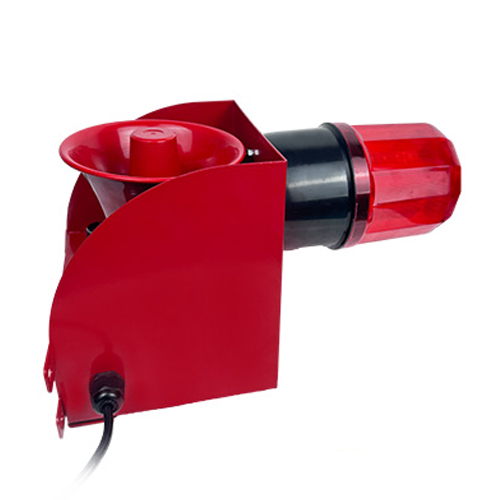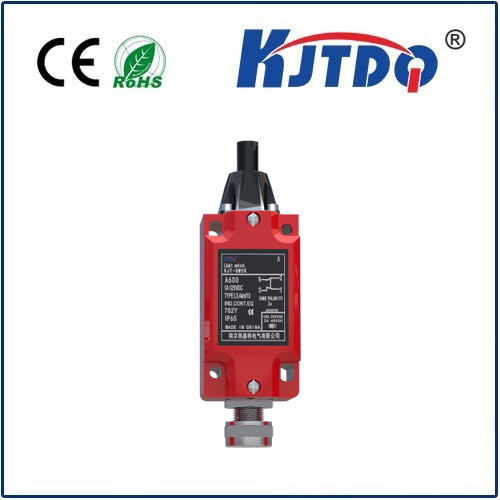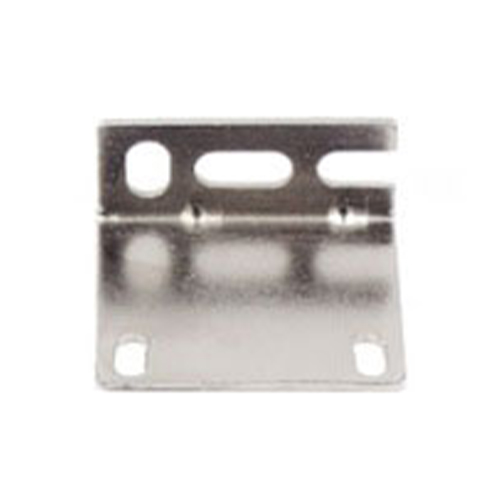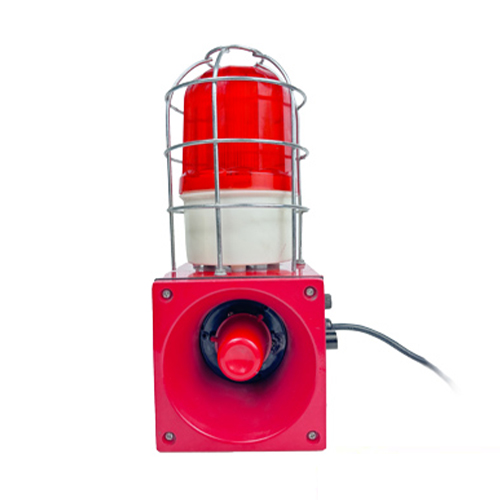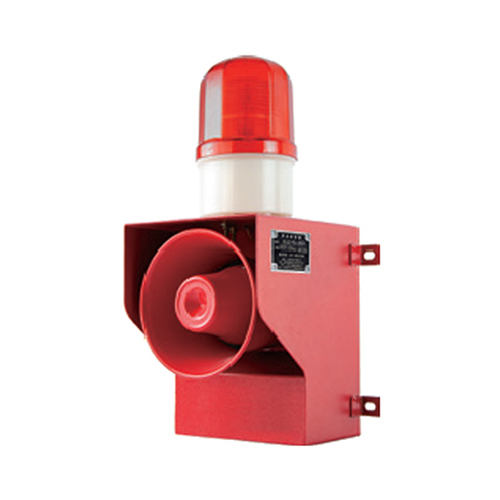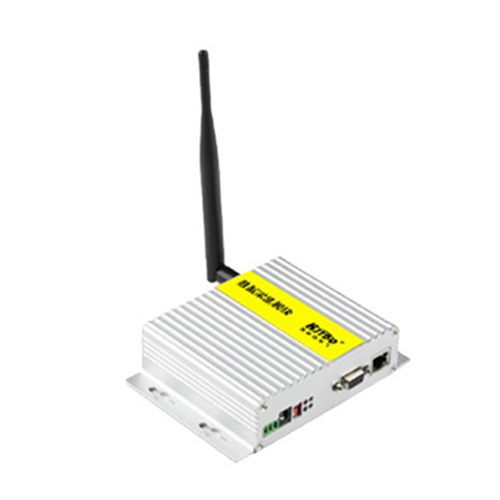wenglor proximity sensor
- time:2025-07-04 04:13:17
- Click:0
Wenglor Proximity Sensors: Precision Detection for Demanding Industrial Automation
Opening: Imagine a manufacturing line humming with efficiency – parts seamlessly assembled, products precisely packaged, quality consistently assured. Much of this intricate dance relies on an unseen orchestra of sensors, acting as the eyes and fingertips of automation. Among the most critical performers are proximity sensors, and when reliability, speed, and precision are non-negotiable, wenglor proximity sensors often take center stage. Offering sophisticated technology tailored for the rigors of modern industry, these sensors are pivotal in driving productivity and process integrity.
Beyond Simple Presence: The Core of Proximity Sensing
At its essence, a proximity sensor detects the presence or absence of an object without physical contact. This non-contact detection is fundamental to countless applications, preventing damage to both the sensor and the target while enabling high-speed operation. They work by emitting a field (electromagnetic, magnetic, or optical) and monitoring changes in that field caused by an approaching object.
Wenglor’s Technological Edge: Innovation in Detection

Wenglor sensoric GmbH is renowned for pushing the boundaries of sensor technology. Their range of wenglor proximity sensors incorporates several advanced features that set them apart:
- Photoelectric Excellence: Wenglor’s forte lies significantly in its photoelectric sensors. Utilizing advanced emitter/receiver technologies and sophisticated evaluation electronics, they achieve exceptional accuracy, long sensing ranges, and remarkable resistance to challenging environmental conditions like dust, steam, or varying light backgrounds. Features like background suppression, foreground suppression, and precise contrast detection are hallmarks of their photoelectric portfolio.
- Inductive Precision: For metallic targets, wenglor’s inductive proximity sensors deliver unparalleled reliability. Their designs offer extremely high switching frequencies and repeatability, crucial for high-speed counting, positioning, and presence verification tasks in metalworking and assembly.
- Smart-Eye Technology: This is a standout innovation. Smart-Eye sensors integrate powerful processors directly within the sensor head. This enables highly intelligent functions like auto-calibration, advanced background suppression, automatic teach-in, and sophisticated signal evaluation. This intelligence translates to easier setup, greater reliability in complex applications, and reduced commissioning time.
- Robustness and Versatility: Engineered for industrial duty, wenglor proximity sensors typically boast high IP ratings (like IP67, IP68, IP69K), ensuring protection against dust, water jets, and harsh cleaning chemicals. Their compact designs often feature flexible mounting options and modular connectivity (including M8, M12, cables), simplifying integration into diverse machinery.
- IO-Link Integration: Embracing Industry 4.0, many wenglor sensors feature IO-Link communication. This transforms a simple switch into a smart device, enabling bidirectional data exchange for parameter setting, real-time diagnostics, process data monitoring, and remote configuration, significantly enhancing predictive maintenance capabilities.
Where Wenglor Proximity Sensors Excel: Key Applications
The combination of precision, speed, robustness, and intelligence makes wenglor proximity sensors ideal for demanding sectors:
- Automotive Manufacturing: Precise detection of components on high-speed assembly lines, robot guidance, position verification of engine parts, and quality control checks.
- Packaging & Logistics: Detecting labels, counting packages, controlling fill levels, monitoring conveyor belt occupancy, and ensuring correct box flap closure with extreme reliability.
- Material Handling: Position sensing of pallets, AGV guidance, detecting pallet presence on racks, and monitoring the position of cranes and lifts.
- Food & Beverage Processing: Hygienic (often stainless steel) variants with high IP69K ratings resist washdowns. Used for bottle/can detection, cap presence verification, level control in tanks, and detecting labels or product orientation.
- Electronics Production: Handling tiny, sensitive components requires miniature sensors with high precision and repeatability, tasks where wenglor’s compact photoelectric sensors shine.
- Pharmaceutical: Ensuring accuracy in blister packing, vial filling, and cap placement, often requiring sensors compliant with stringent hygiene standards.
- Machine Tooling: Monitoring tool presence, workpiece positioning, chuck clamping status, and door interlocks for safety in CNC machines and machining centers.
Selecting the Right Wenglor Proximity Sensor
Choosing the optimal sensor depends heavily on the specific application requirements:
- Target Material: Is it metallic? Inductive sensors are ideal. Non-metallic? Photoelectric (diffuse, retro-reflective, through-beam) is the solution. Magnetic? Consider reed or Hall-effect sensors.
- Sensing Range: Determine the required operating distance between the sensor and the target.
- Environmental Conditions: Consider exposure to dust, moisture, chemicals, temperature extremes, vibration, and potential washdowns. Look for appropriate IP ratings and housing materials (e.g., nickel-plated brass, stainless steel, PBT plastic).
- Mounting Constraints: Space limitations dictate the sensor’s form factor (tubular, rectangular, miniature).
- Output Requirements: Standard switching outputs (PNP/NPN), analog outputs (current/voltage), or IO-Link for data-rich communication?
- Performance Needs: Required switching speed (response time), repeatability accuracy, and any special features like background suppression or high ambient light immunity.
Future-Proofing with Intelligence and Connectivity
The trajectory of industrial sensors is undeniably towards greater intelligence and connectivity. Wenglor’s commitment to innovations like Smart-Eye and the integration of IO-Link into its proximity sensor range positions its products perfectly for the evolving demands of smart factories. The ability to gather more diagnostic data, remotely configure parameters, and seamlessly integrate into larger control and monitoring systems adds significant value beyond simple object detection.
Conclusion: The Unseen Enabler of Efficiency
In the intricate ecosystem of industrial automation, reliable and precise detection is foundational. Wenglor proximity sensors, leveraging cutting-edge photoelectric and inductive technologies, sophisticated evaluation electronics like Smart-Eye, robust construction, and modern connectivity options, provide the dependable sensing solutions needed for critical applications across diverse industries. Their ability to perform consistently in challenging environments while enabling smarter processes makes them a vital component in building efficient, productive, and future-ready automated systems.






